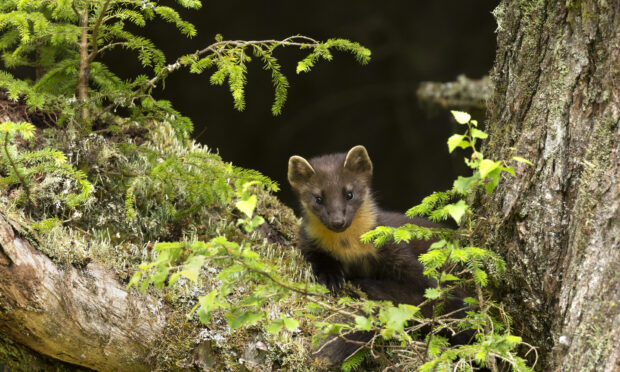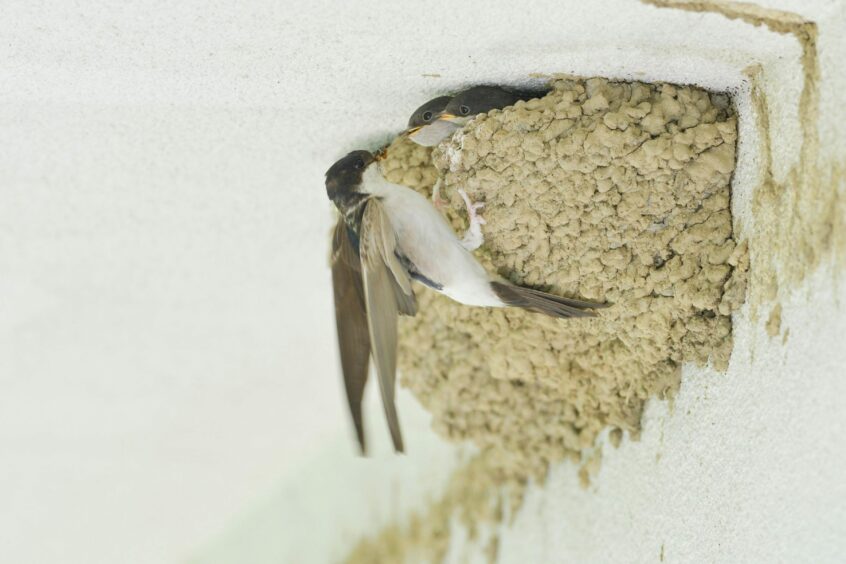At this time of year, I often take a reflective look at the summer just past and identify any wildlife trends in a personal nature audit of the breeding season’s winners and losers.
The swift and house martin stand out to me for being the main losers, with numbers in my home village being very low – a worrying plummet that has gathered pace in recent years.
I don’t know whether this just an anomaly in my local area, or part of a nationwide trend, but I suspect the latter.
It is often hard to discern the reasons for declines in animal species, and in many instances, it is a matter of speculation.
For the house martin and swift it could be down to changes in modern housing design, with both species reliant on buildings for nesting.
Swifts need holes in buildings to nest in, which are lacking in new buildings or those that have been restored.
Nest boxes
There are schemes, including in Dundee, to erect special nest boxes to help swifts.
However, I imagine the reasons are more complex than simply down to nesting sites, and the main driving forces for decline are a reduction in recent decades in the abundance of insects, combined with environmental changes in both species’ African wintering grounds.
Another bird that seemed scarcer this summer was the whitethroat, a small warbler with a distinctive scratchy song.
In previous years they have been common in bramble thickets and hedge banks on my local patch, but this year much less so.
Of course, life is a lottery for any creature and annual fluctuations are common, which could be the case for the whitethroat.
This year’s spring was unusually cold, which may have affected many summer visiting birds.
For the winners, well, pine martens seem more abundant than ever (I even saw a road-kill animal by the edge of the M8 in the centre of Glasgow recently), and red kites and ospreys continue to spread their range, as do beavers.
Kingfishers on my local river have also done well, the low levels of summer rainfall ensuring their nesting burrows have not been flooded-out by spates, and the clear, languid river pools offering perfect conditions for catching small fish.
When snorkelling in the sea, both in the East Neuk of Fife and the north west coast of Scotland, I have never seen so many sea hares – a type of sea slug – as I have this summer. I also encountered swarms of moon and blue jellyfish off Harris.
Such anecdotal observations underline why it so essential to properly monitor population trends in our flora and fauna, so that warning signs can be detected at an early stage, providing the opportunity for remedial conservation action.
And as the swift and house martin show, nature conservation needs to be a truly co-ordinated and international affair.
For nature, national boundaries are just imaginary and arbitrary lines drawn by humanity, which serve no meaningful purpose nor use.
INFO
House martin populations can be tricky to monitor, for they are fickle birds, often forsaking one breeding site and moving elsewhere.











